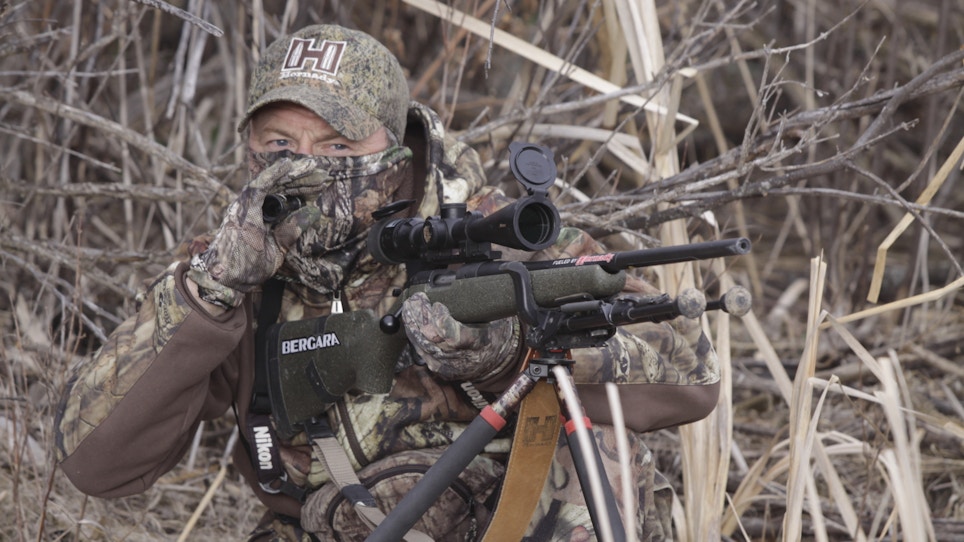You can’t debate facts. North American predator hunters focus on coyotes more than any other furbearer. And why not? Coyotes have now taken up residence in every neighborhood from coast to coast. Tailor your calling to coyotes and there should be one within hearing distance at a location near you. But what about those other predators sharing real estate with coyotes? If they hear a coyote-specific message, especially one with coyote vocalizations, are you actually decreasing our predator success?
Coyotes share their home range with a variety of species. Using a coyote-only message may be diminishing your chances at a bonus during your predator hunt like Trump’s diminishing chances to win the presidency every time he tweets.
Sending a simple message of prey in distress or a curiosity message could actually lead to more fur. You’ll be singing a song that coyotes and other furbearers could find appealing alike. Instead of sending an invitation to one, you’ll be sending a message to all, including the following:
Bobcats
Bobcats inhabit much of America favoring thick, undisturbed habitat. Their diet of small prey abounds in the thick cover, plus the cover provides security to avoid larger predators like coyotes and mountain lions.
Set up high or with edges nearby to detect a bobcat’s secretive, stealthy approach. Pay special attention to any small openings between dense cover. Bobcats will slide through any available cover during their arrival. Bobcats use their sharp eyesight and acute hearing more than their nose to guide them. Even so, it pays to set up in a downwind position.
You can use almost any sound a coyote would respond to for bobcats. They eat a variety of small prey and love high-pitched squeals. Be patient and wait at least 30 minutes at each site before moving on.
Red Fox
Red fox approach a calling site using available terrain and foliage features much like a bobcat. Red fox adapt to field and forest, but they commonly bed on the downwind slope of an open hill where they are easily spotted, especially if you have snow cover.
Coyotes and red fox do not get along and coyotes routinely kill neighboring red fox hence the reason you don’t want to use a coyote vocalization if you hope to call in a red.
Reds thrive on small rodents and birds, and your calls should reflect this diet. Thirty minutes on stand is not too long to wait for a slinking fox. I once watched a red take nearly 45 minutes to arrive to my Johnny Stewart cottontail-in-distress call. He almost got away had he not peaked around one last cornstalk for a Hornady happy ending.
Gray Fox
Gray fox populations extend through much of the southern and eastern United States. You won’t find them through most of the northern Rockies and plains. This small, but cunning predator also seeks out thick brush and timber to escape from large predators, and to hunt its prey. Small rodents, ground-nesting birds, frogs, insects and even fruit fill the stomach of gray fox. High-pitched calls work best. Thick cover and timber are the best setup sites for gray fox. Get ready for a gray. They often arrive eagerly and early to a setup. Of course, like any predator, they will become suspicious in heavily called areas. Calling gray fox at night is a Southern tradition and offers plenty of fast-fur action for grays, red fox, bobcats and coyotes.
Next time you hit the field be sure to send a message all predators enjoy. You will enjoy the results as well.






